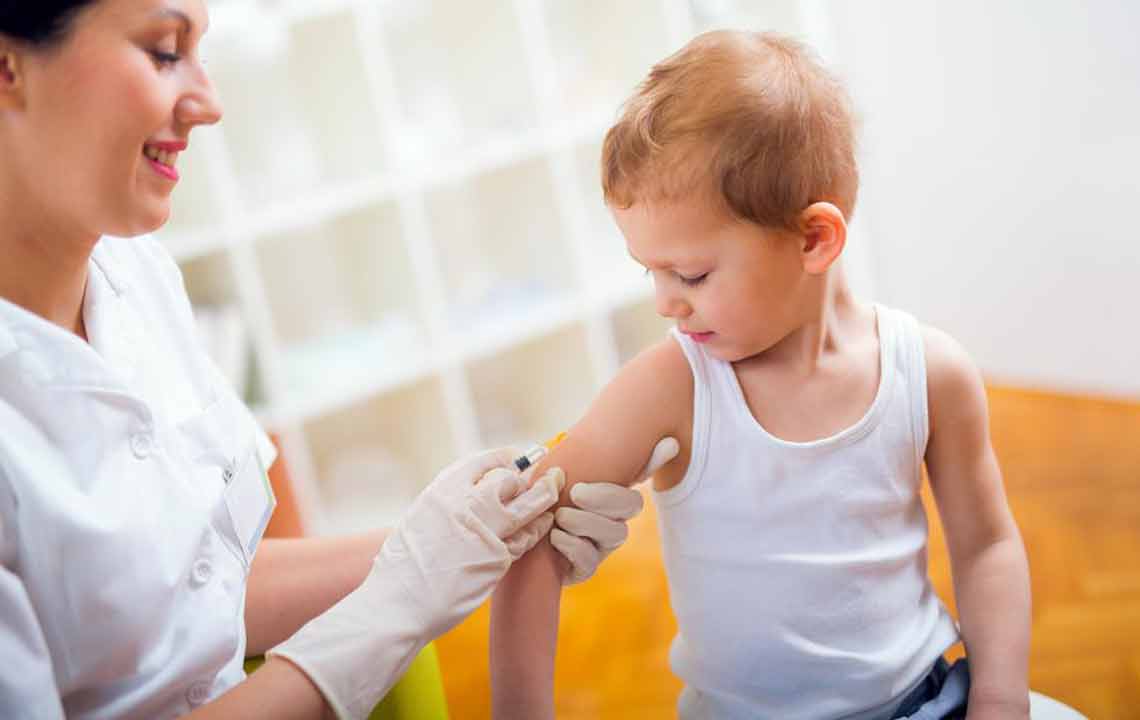Understanding Meningitis: Types, Symptoms, and Prevention Strategies
Learn about different types of meningitis, their causes, contagiousness, symptoms, and effective prevention strategies. This guide provides essential information to recognize signs early and take appropriate actions to protect yourself and others from this potentially severe disease.

Understanding Meningitis: Types, Symptoms, and Prevention Strategies
Meningitis is an inflammation of the membranes surrounding the brain and spinal cord, caused by various pathogens or injuries. Viral meningitis is the most common form, whereas bacterial meningitis is more prevalent among young children. Symptoms often include fever, headache, and skin rashes. Different types of meningitis vary in severity and contagion risk. While some, like viral and bacterial meningitis, are contagious, others such as fungal, parasitic, and non-infectious forms are not. Awareness and preventive measures are crucial to control the disease spread.
Types of Meningitis and Contagion Risk
Below are the main types of meningitis, their causes, and whether they are contagious:
Fungal Meningitis
This rare form results from Cryptococcus fungi, primarily affecting individuals with weakened immune systems. It is not contagious.
Parasitic Meningitis
Caused by Naegleria fowleri amoebas, which enter through the nose from contaminated water sources. This type is not contagious.
Non-Infectious Meningitis
Arises due to injuries, surgeries, medications, or illnesses like cancer and lupus. It is not contagious.
Viral Meningitis
The most widespread form, caused by enteroviruses, spreads through contact with saliva, nasal mucus, or feces. It is contagious.
Bacterial Meningitis
Due to Neisseria meningitidis or Streptococcus pneumoniae, this severe and potentially fatal type is highly contagious. It can spread through close contact, sharing utensils, or respiratory droplets, especially in crowded settings like schools and dorms.
According to WHO, many carriers harbor bacteria causing meningitis without symptoms, posing transmission risks. The highest incidence occurs in sub-Saharan Africa, mainly affecting children under five and adults around 60. Weak immune systems increase vulnerability. The incubation period ranges from 2 to 10 days.
Prevention Measures
Vaccinate against meningitis B, C, and ACWY, especially for children and teenagers.
Seek medical advice before traveling to endemic regions.
Maintain rigorous personal hygiene practices.
Isolate infected individuals to prevent disease transmission within families and communities.
If exposed or infected, consult a healthcare professional promptly. Early diagnosis and treatment significantly reduce risks. Keep track of symptoms and communicate them clearly to your doctor. Immediate medical attention can help contain the disease effectively and prevent complications.










